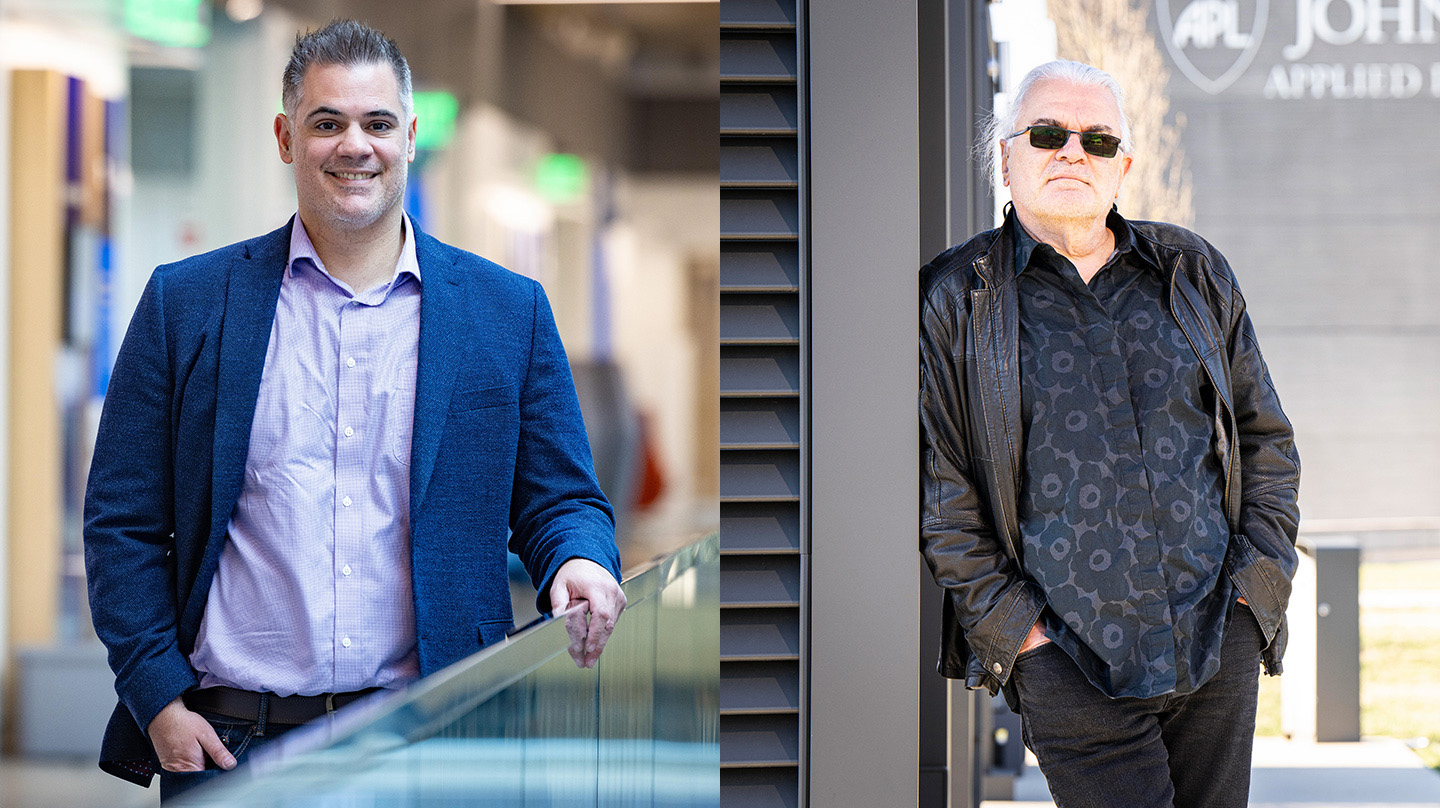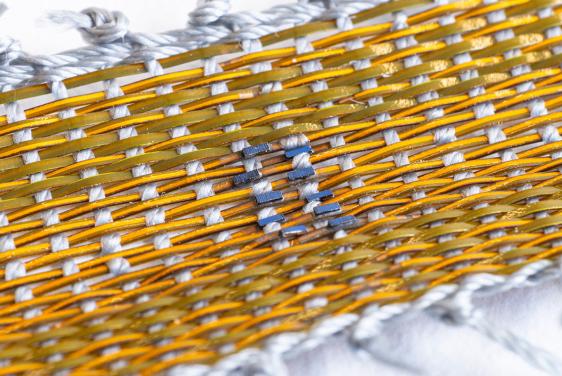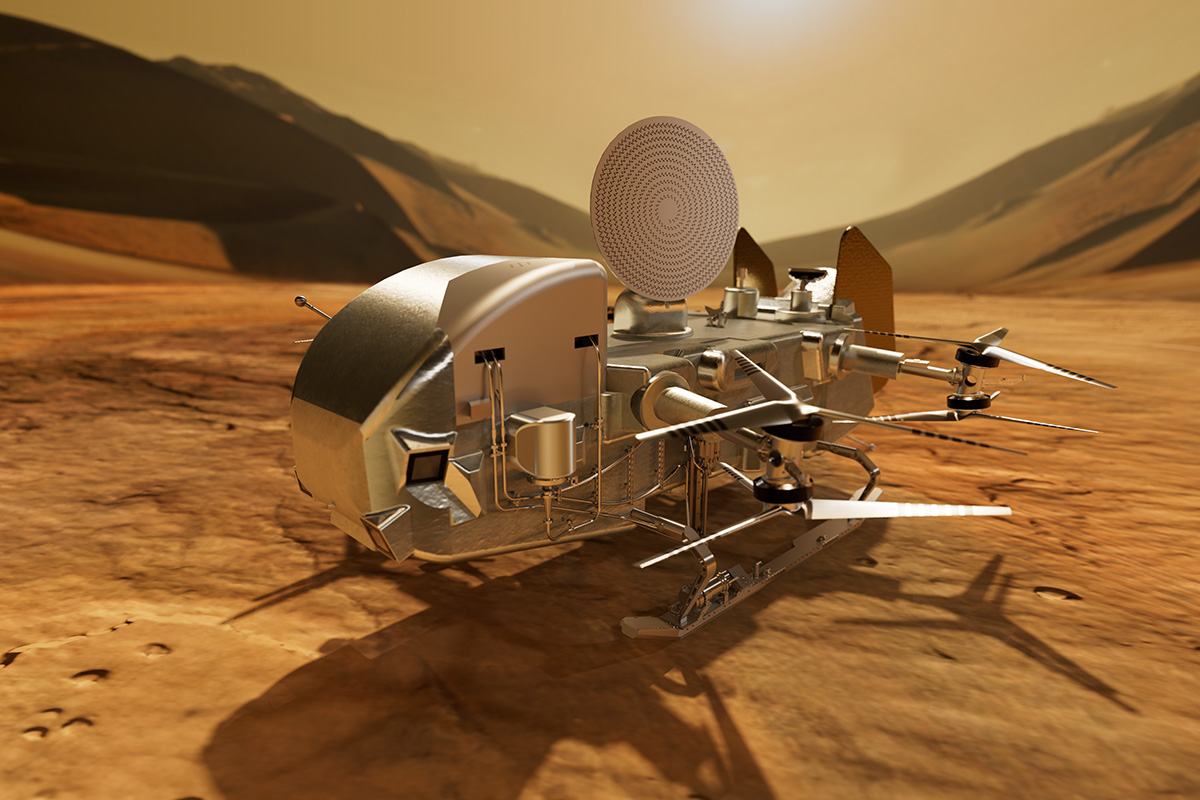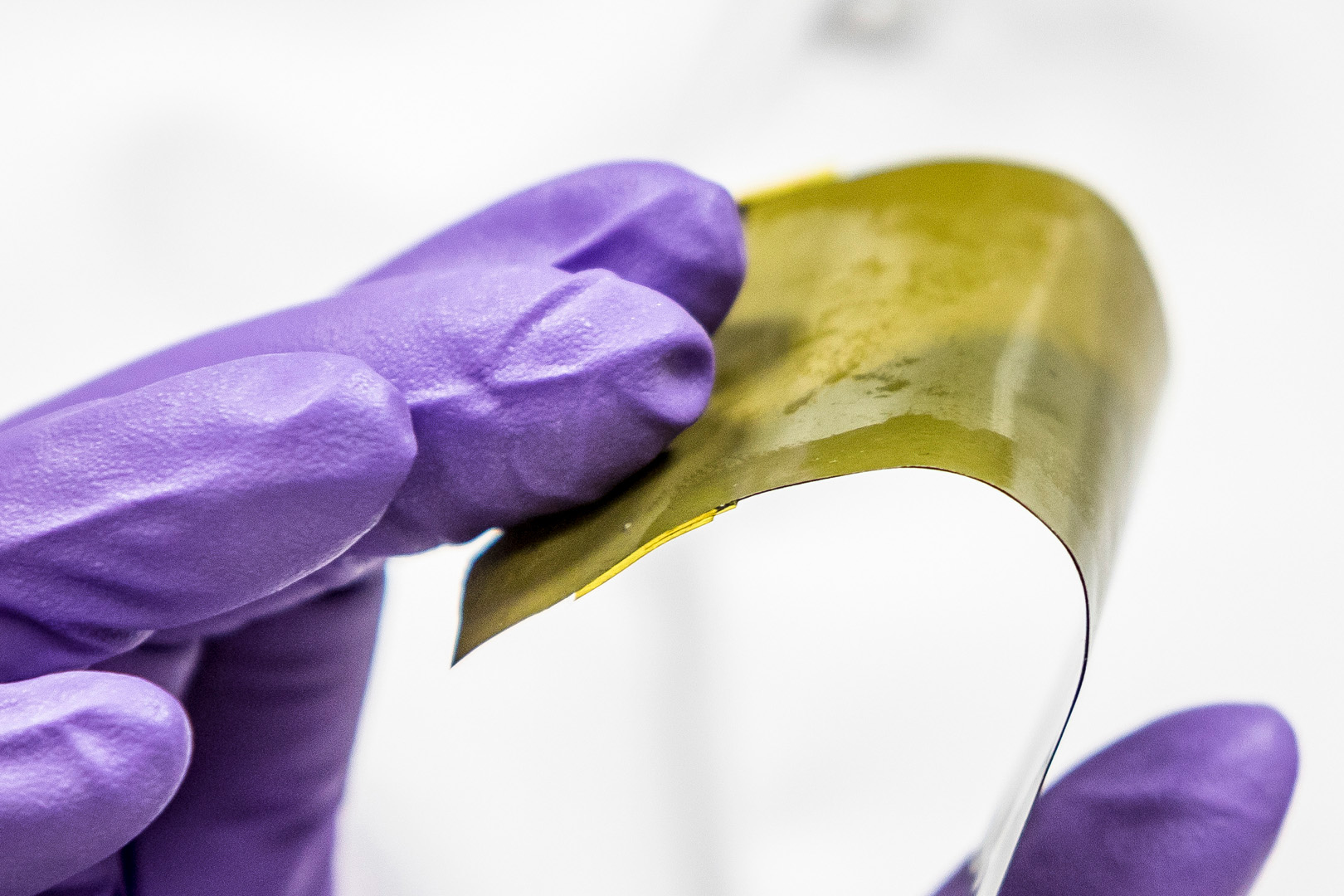News
Johns Hopkins APL Celebrates Master Inventors as Beacons of Innovation
Two leaders in science and exploration at the Johns Hopkins Applied Physics Laboratory (APL) in Laurel, Maryland, were honored as APL’s newest Master Inventors, underscoring the Lab’s culture of innovation and the critical role it plays in transitioning groundbreaking technologies to sponsors and industry partners.
Kostas Gerasopoulos, manager of the Physics, Electronic Materials and Devices program in APL’s Research and Exploratory Development Department, and Robert Osiander, an experimental physicist in the Laboratory’s Space Exploration Sector, join nearly three dozen past or present APL staff members to secure this designation since its inception in 2007. Master Inventor awards acknowledge APL staff members who demonstrate a career of innovation with 10 or more patents based on APL intellectual property (IP).
Game-Changing Inventions
As Physics, Electronic Materials and Devices program manager, Gerasopoulos oversees four strategic thrusts: electronics, sensors, photonics and imaging; signature and survivability; power and energy; and devices and integrated systems.
While his work and 14 patents at APL span these four technical areas — including microfluidic devices, wearable systems and novel microelectromechanical spectral filters — much of Gerasopoulos’ time has been devoted to energy storage.
“Our team is inventing the next generation of materials to make batteries safer, more powerful and longer lasting,” he said.
Among his notable creations are an unbreakable, incombustible lithium-ion battery, battery- and solar-powered fibers and a safe, high-energy-density battery anode.
He said his motivation to create new technologies and capabilities comes from thinking about the future.
“I frequently ask myself, ‘what will our society need 20 years from now?’” said Gerasopoulos. “What will our military need? And what is the critical bottleneck? In many cases, it’s the battery. Our team at APL continues to develop materials that are safer, that can charge batteries faster and that can operate in extreme environments.”
Partnering With Industry
Gerasopoulos’ novel high-energy-density battery anode is a successful example of APL inventors collaborating with the Laboratory’s Tech Transfer office to find industry applications and transition APL technology to commercial partners who can scale it up and produce it in mass quantities.
This breakthrough technology, designed to make batteries more powerful and resilient, was recently licensed to an inorganic-materials manufacturer that can produce the anode material at scale. It stands as a model of how APL technologies often move beyond the lab to meet practical challenges.
“The inventions recognized through our Master Inventor program are a direct result of the groundbreaking work APL performs in service of our government sponsors,” said Norma Lee Todd, supervisor of APL’s Tech Transfer group. “These innovations not only advance national priorities — they also create powerful opportunities to partner with industry and bring solutions to the public that improve lives and strengthen our society. It’s a testament to how mission-driven research can yield real-world impact.”
In fiscal year 2024 alone, APL staff submitted a record 564 IP disclosures. They also filed 94 patent applications, including 27 nonprovisional patent applications, further reinforcing the Lab’s role as a national engine of innovation.
Culture of Innovation
Osiander’s 10 patents address a range of challenges and gaps — including biomedical innovations, novel materials and navigation tools.
Currently, he’s channeling his curiosity and creativity as test lead for the Dragonfly Geophysics and Meteorology (or “DraGMet”) sensors, which will gauge the wind speed, pressure and temperature of the atmosphere of Saturn’s largest moon, Titan. The sensors will fly aboard NASA’s Dragonfly rotorcraft-lander, which is scheduled to launch in 2028.
“Dragonfly is the most spectacular and most challenging mission I’ve ever had the honor to work on,” said Osiander. “I enjoy coming to work to tackle the tough challenges with our team and contribute to this innovative spacecraft.”
Throughout his APL tenure, Osiander has regularly tapped into the Laboratory’s comprehensive innovation initiatives to move his ideas from concept to reality.
Innovation is central to APL’s mission, driving the development of cutting-edge solutions to complex national security and scientific challenges. APL specifically dedicates a significant portion of its total internal funding to its Innovation and Collaboration program, which inspires, engages and empowers staff members to explore new ideas and bring ingenuity into all that they do. One of the program’s initiatives, Project Catalyst, consists of three grant types (Ignition, Combustion and Propulsion) to fund bold, high-risk and transformational ideas that have the potential to solve the nation’s greatest challenges.
Osiander was awarded prizes linking back to those grants twice, including the Ignition Grant prize for innovation in 2013 and the Propulsion Grant prize for innovation in 2020.
In partnership with fellow APL staff member Ann Darrin, Osiander secured funding in 2013 to launch a maker space named “Central Spark” at the Laboratory. Now, more than a decade later, Central Spark is not only thriving but has become a hub for creativity and hands-on innovation.
“Robert is always ready to explore new ideas and solutions,” said Darrin, an aerospace engineer and longtime colleague of Osiander. “His willingness to engage in any ‘what-if’ scenarios and his unwavering support for his peers highlight his legacy as both an innovator and a mentor.”
Because of the ingenuity and commitment of staff members like Osiander and Gerasopoulos, and the impact those ideas can have, APL is consistently named among the top innovative workplaces in the world.



